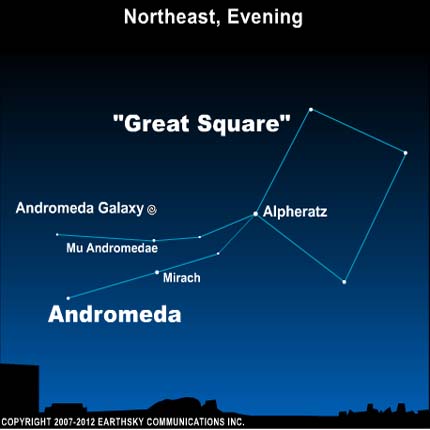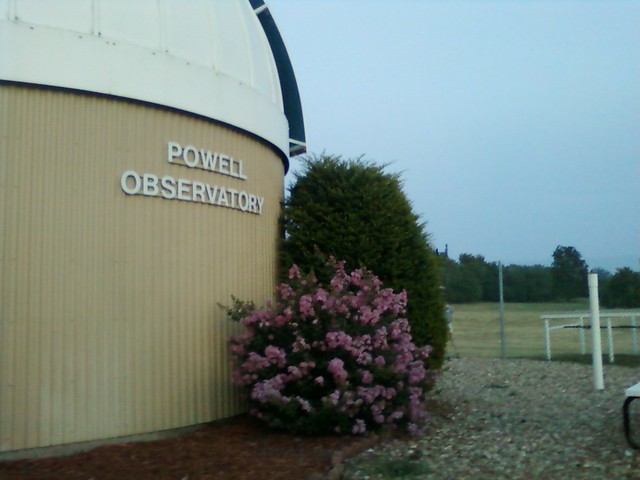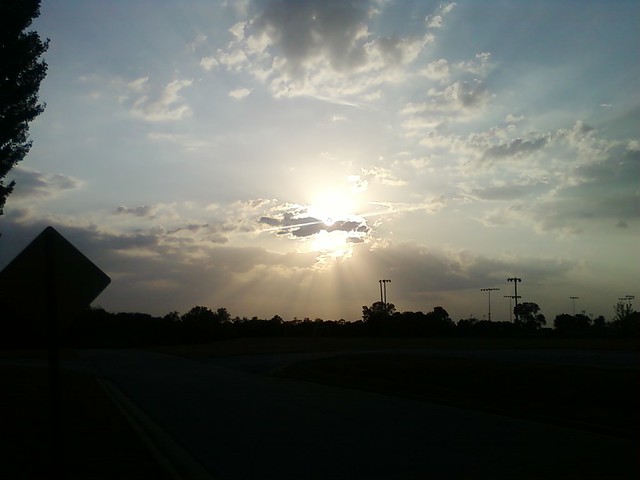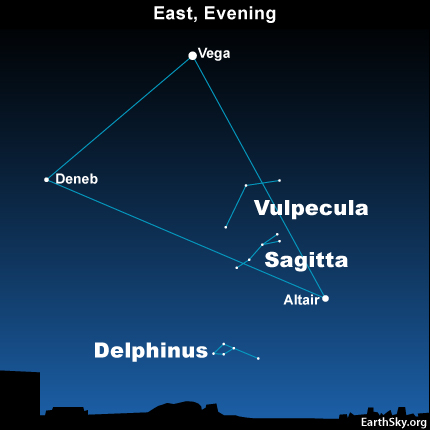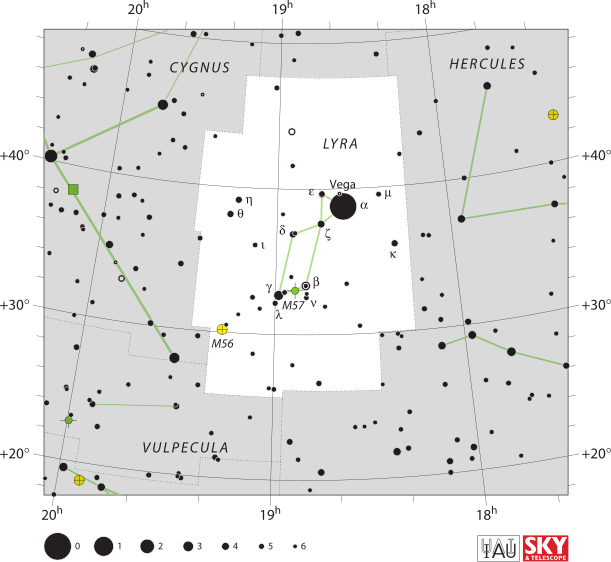Transferred from MySpace Blog (originally posted October 3, 2010):
Yes, I’m back. Converting my hibernating blog from occasional theological musings to my star gazing renaissance journal.
Decades ago, I lived miles from anywhere, out in the country, far from city lights. The nights were filled with hooting owls, howling coyotes, chirping crickets, and thousands of stars. Half the year the nights are longer than the days so I spent many hours looking up. In high school, I even had my own telescope.
Then, I went away to college. I took my telescope with me, but Wichita exploded with light and Lake Afton could have been twelve parsecs away for all the good it did me, since I had no vehicle. Eventually, I got married, had kids, moved out to a small town, but northeast of Wichita, so light pollution still crowded out the stars. And toddlers zapped me of all my energy.
Almost fifteen years ago, I relocated back to my home county (Leavenworth) but chose to live in Lansing rather than the country, deciding a good school was the best option for my children’s educational needs. Now, both of them are in Texas, attending college, and I’m an empty nester.
This past weekend, I said farewell to the first half of my life (I’m basing this on both grandmothers living to age 90 and 88) and embarked on the downhill slide to eternity.
Jupiter this October 2010 is so bright it shines nearly as bright as the moon some nights. With binoculars I could see three or four of the moons as well as Jupiter. With such a beautiful object hanging over me each evening, I started looking at telescopes on Craig’s List. I made the mistake of e-mailing my dad one of the entries (which I specifically told him NOT to buy) but come my birthday, this past Saturday, what did he show up with but a very nice telescope, tripod, several eyepiece lenses, a digital camera and sundry other accessories. I was flabbergasted, speechless, overjoyed, overwhelmed, excited … you name it, that’s what I was feeling.
Getting my brain to switch gears and re-learn all the astronomical jargon after more than 30 years proved daunting at first, but I quickly picked it back up. I went in search of other amateur astronomers (hoping for some in the Leavenworth area) and stumbled upon the web site for the local Kansas City club. And, I discovered that most Saturday nights were open to the public for programs and viewing at Powell Observatory (near Lindsburg, about 20 minutes south of Overland Park on US 69). I asked my dad if he had any plans for that evening, he said no, so I dragged my husband and my dad down to the observatory for a program on telescopes and the opportunity to look at Jupiter and its moons through a 30 inch telescope. Very impressive and fun.
I took my birthday gift (and all the accessories) with me. It was a good thing, too, because Terry couldn’t wait in line as long as was needed and wouldn’t have been able to climb the steep steps to the large telescopes eyepiece (his back, ribs and ankle have been problematic lately). Dad and I quickly setup my telescope and found Jupiter (easy to do since it’s the brightest object in the sky this week since there is no moon right now). That allowed Terry to view Jupiter almost as well as through the large telescope.
The night sky over Powell Observatory is vibrant with the Milky Way and all the stars you could hope to view. Excellent location away from the Kansas City lights and nothing to the south to disrupt the view.
After returning home from Powell, I spent a couple of hours learning how to align my telescope. I quickly learned my backyard is not conducive to any extensive star gazing. Overlooking that fact that I’m only a few blocks south of the Lansing Correctional Facility (and it’s very bright very orange lights), my house dominates the east side of the propery (the south end is a tall two stories with a peaked roof. The west side of my backyard has two pine trees, one of which is extremely tall (close to twice as tall as my house) and a maple tree (that’s about 2/3 as tall as the pine tree right next to it). My neighbor immediately two my north is at a higher elevation than me (probably at least ten feet higher) and has a very large round tree in the middle of their back yard, which blocks the ability to site on Polaris from the north half of my backyard. Every star the telescope wanted to use to align the Alt/Az motors on was blocked by trees.
So, at midnight, I gave up and came back in and went to bed. I spent Sunday learning more about the Autostar hand device, the digital camera and dialing in my viewfinder. I took a couple of photos but the batteries died in the digital camera after only three snapshots. Adding the weight of the camera to the end of the telescope also jacked with my viewfinder alignment, so I decided to worry about digital photography at a later time.
After church, I drove out on west 4-H Road to the ‘new’ Lansing community park (named after our current seemingly permanently elected mayor who shall remain nameless in my blog). I was pleased to note that the park had no street lights and no mature trees around the central ‘high spot that included a circular sidewalk area that looked reasonably level. I determined to return at sunset and try again to properly align the telescope.
I got packed up and arrived at the park at 6:45 p.m., about fifteen minutes before the sun set. I patiently waited for the sky to darken. Jupiter, of course, showed up within fifteen minutes of sunset. The first actual star I saw was Altair, soon followed by Vega and Deneb. Three stars in three different constellations almost directly overhead that form a triangle easily seen by the naked eye.
Once I started to see the Milky Way (which is always a good thing for good star gazing), I again attempted to align the telescopes motors through various stars in the Autostar device. I was unsuccessful using stars. After an hour or more, I finally gave up and manually located (without using the motors) Jupiter and then used a feature of the Autostar device to synchronize on that known object (Jupiter) and allow the motors to track Jupiter for continuous viewing.
I let the telescope track (or attempt to track) Jupiter for a few minutes and began to notice Jupiter drifting off to my left. So I began to wonder if the telescope’s gears or motors may not be functioning at 100%. Since I had successfully aligned on Jupiter, I attempted to find a couple of other objects that were easily identified, and then return to Jupiter to check (and double-check) the alignment. Each time I attempted to return to Jupiter, the left-right alignment was off by quite a bit.
Since the temperature this evening was dropping fast (down into the mid 40s) I decided to call it a night and carefully packed up the equipment and returned home to write this journal.
My action items for this week are to attempt to train or re-train the telescope’s drives (per the instruction manual) to see if that improves the slewing, tracking and alignment issues. If not, then I will call Meade, the manufacturer, for advice or suggestions on servicing and/or repairing the drives.
I was just a bit disappointed in not being able to view or find the comet, but I have time (it will reach optimum brightness on October 20th). But viewing Jupiter in all its glory was well worth the time spent getting centered.
Keep looking up!
Jon


